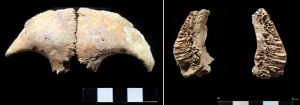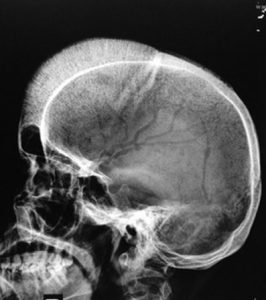Duriung the recent Archaeorganics international conference, we emphasized the role of stable isotope analysis in the differential diagnosis of anemia.
The sample of individuals from the medieval cemetery of Vetricella presents high percentages of porotic hyperostosis, in the two forms of cribra cranii and cribra orbitalia (Walker et al., 2009).
This alteration may be due to anaemic states with different aetiologies, such as inherited hemolytic anaemia, due to infectious or parasitic diseases, iron deficiency anaemia or megaloblastic anaemia. Therefore, a differential analysis between metabolic anemia and congenital anemia, has been carried out. This is essential for studying f this condition, considering also the presence of Plasmodium falciparum in these areas and the possible consequent diffusion of the thalassemia gene, here as in other areas of Italy.
The analysis of stable isotopes for the diet is an important element to be taken into consideration in a differential diagnosis of this type, in order to focus on the type of diet of the community under examination. The results show that the community also enjoyed a diet rich in protein, thus excluding the hypothesis of metabolic anemia. Finally, the congenital hemolytic anemias was confirmed by the finding of two cases of the so-called hair-on-end skull in the sample (Fig.1-2), a typical manifestation of thalassemia major.
The study is currently under publication in Environmental Archaeology and will be presented in the second volume dedicated to the results of the nEU-Med project.




